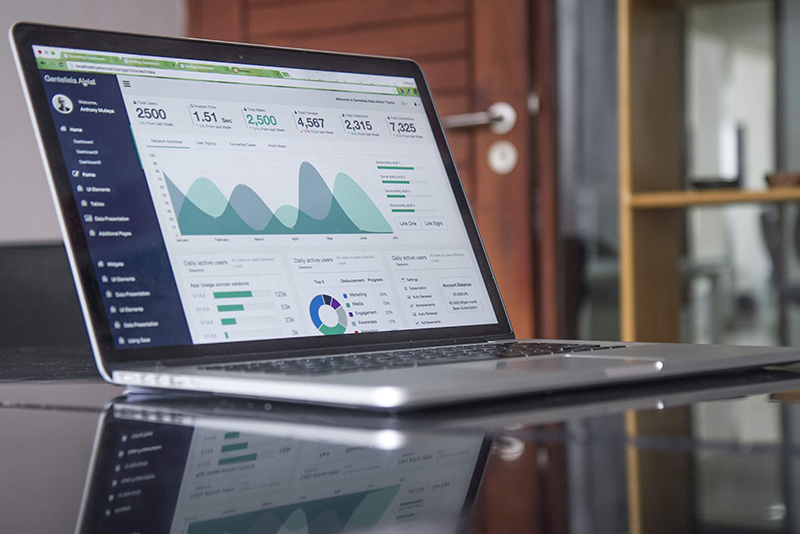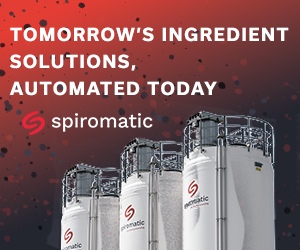ARLINGTON, VA — Most everyone knows that inefficiency causes waste. Then again, it’s not always easy to identify inefficiencies. Oftentimes, they’re hiding in plain sight, especially in a fluid area like sales strategy.
During a recent webinar hosted by the Emerge Network, a community that helps early-stage CPG founders with mentoring, learning, and access to data analytics, insights, and business solutions, attendees were able to unpack the ways data aggregation can streamline an effective sales strategy.
Presenting on the webinar were Samantha Schend, VP of sales, and Tony Miller, sales engineer, with Crisp, a data analytics consulting firm focused on real-time insights for CPG brands across supply chain.
“Data is the key to a successful retail and distribution strategy,” Schend said. “Whether you’re trying to get your foot in the door as an emerging brand or defend and expand existing distribution. In a hypergrowth situation, you need proof points for buyers to feel confident about you.”
The first area to address is distribution, especially for early-stage brands seeking to gain distribution. The biggest lesson to learn is that bigger is not always better. In fact, that can be a fast-track to creating waste.
“It’s about finding the areas where your brand has the greatest opportunities and highest chances for success,” Schend said. “And that’s where data comes into play. With a clear picture of your existing distribution and the ability to understand sales trends across locations, you can identify hot spots where you have clear momentum to build on.”
Identifying trends in regions where a product fits well can then be used to drill down into specific zip codes and even retail outlets where products will perform best. Armed with that data, brands can stand out in a crowded market.
“It’s unlikely that buyers will receive such tangible recommendations from an emerging-size brand,” Schend suggested.
In addition to distribution, data can be used to increase velocity, which is a combination of the number of stores a product is in and how fast it’s selling. Knowing how those numbers relate is a key to a razor-sharp sales strategy because it defines the quality of the distribution.
The trick is identifying those velocity hot spots — locations where the distribution is a match and the product flies off the shelf.
“One client discovered they were a slow seller nationwide, but they actually had strong velocity numbers in the Northeast, so they optimized the product assortment regionally,” Schend said. “As a result, they increased velocity across the board.”
Tracking velocity is also a useful tool for measuring success rates of promotions and limited-time offers to refine a brand’s overall promotional strategy.
Data-driven strategies also drive successful product launches because the information can identify the areas, outlets and specific locations where a new product will be best received. Oftentimes, a launch’s performance can be predicted by proper analysis of sales of similar products in the portfolio.
It’s also important to glean real-time information on which product is hitting store shelves and when. Sometimes that’s easier said than done.
“We hear from brands that this is often a key challenge,” Schend said. “They might launch in 100 stores, but they don’t actually know when the rollout is happening, which makes it nearly impossible to manage.”









